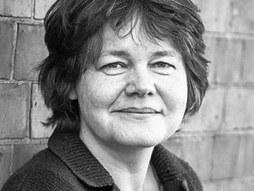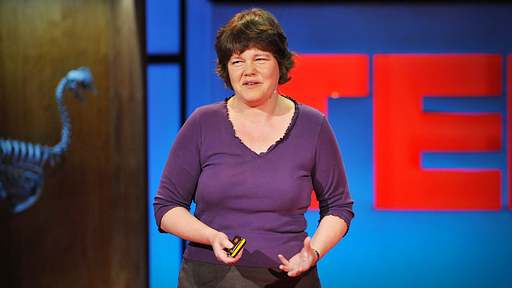How food shapes our cities: Carolyn Steel on TED.com
Every day, in a city the size of London, 30 million meals are served. But where does all the food come from? Architect Carolyn Steel discusses the daily miracle of feeding a city, and shows how ancient food routes shaped the modern world. Understanding the flow of food will help us reconnect with what we […]
Continue reading
